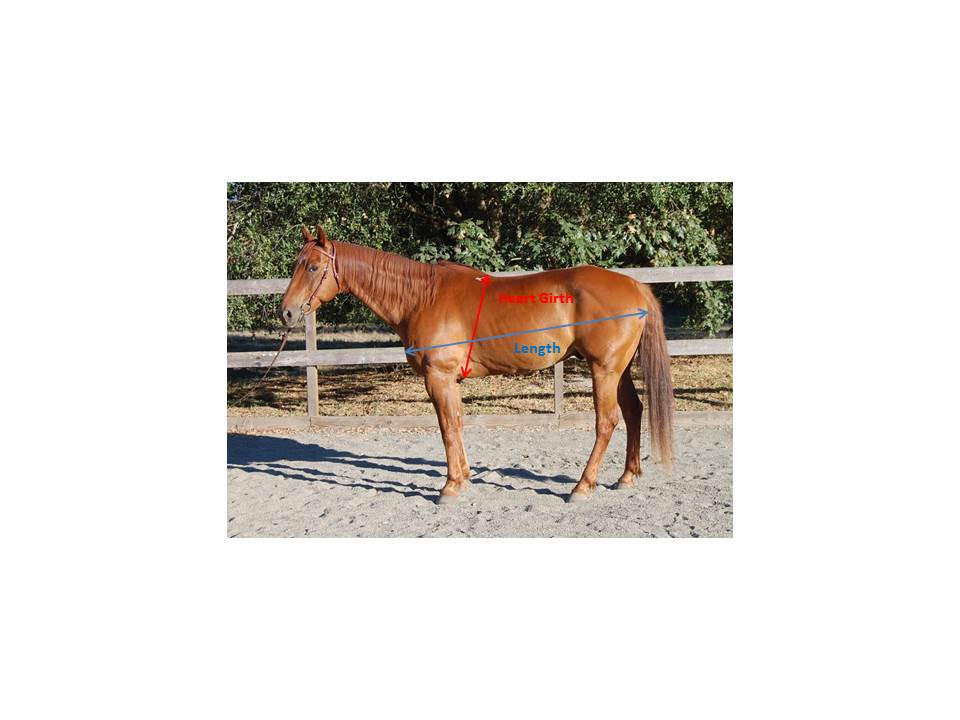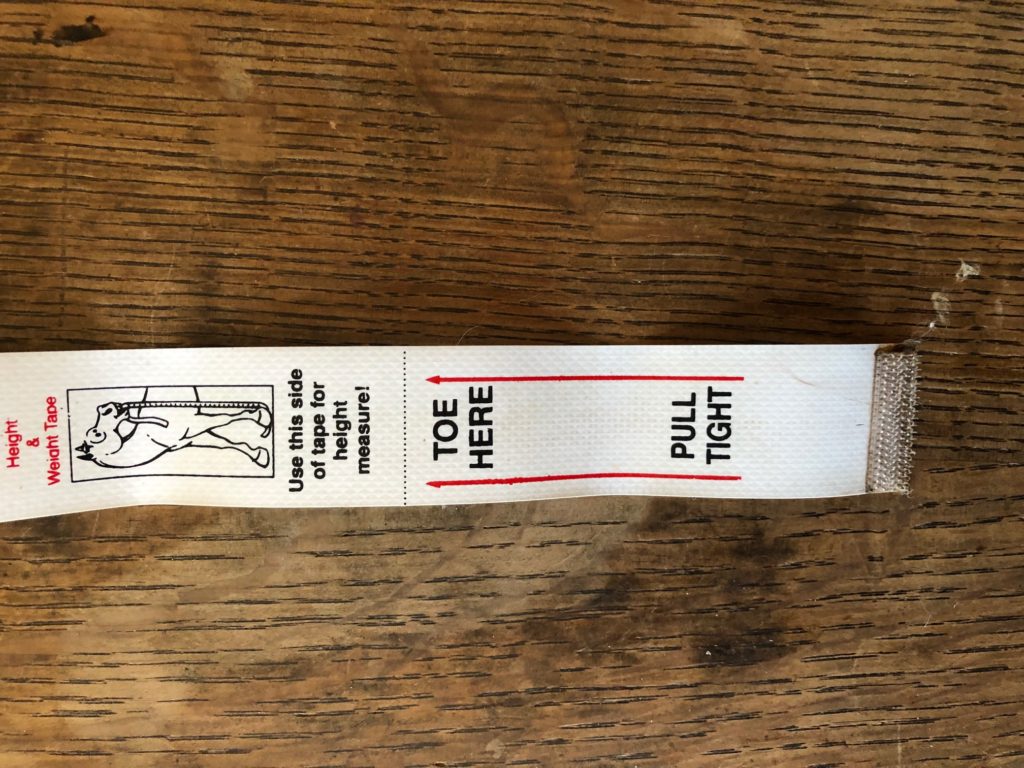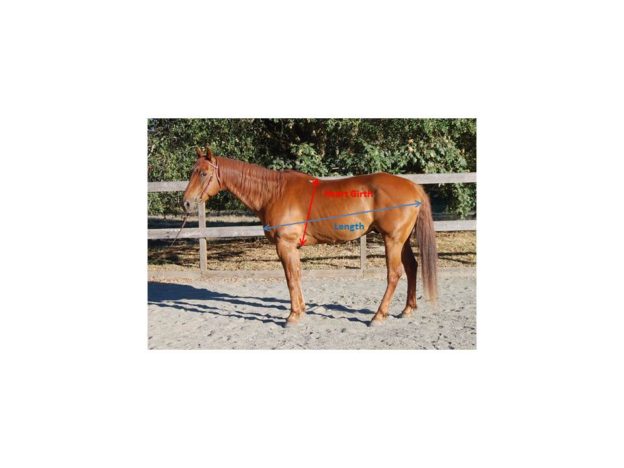There are many reasons to know how much your horse weighs. Calculating their feed ration starts with knowing their weight. Dosages of medications and dewormers are determined by the horse’s weight. And the guidelines for how much a horse can carry is calculated using its weight.
The only really accurate way to get a horse’s weight is to use a livestock scale. That said, we don’t all have access to this particular piece of equipment. There are alternative methods that are not as accurate, but will at least get you in the ballpark.
Most of us are familiar with the horse height and weight measurement tapes. These will give you the horse’s height in hands on one side, and estimated weight on the other. These tapes are a good place to start.
If you want to refine the technique, there are formulas that use the horse’s length and heart girth to come up with a weight estimate. I found several of these formulas, all similar but with some slight differences, while doing research for this post. I picked the one that gave me the “middle” result.
You will need 2 measurements–your horse’s heart girth, measured around his barrel just behind the withers and just in back of the elbows, and his length, measured from the point of the shoulder to the point of the butt. For the length, you will just measure the length along his side, unlike measuring for a blanket (where you measure from the middle of the chest to the middle of the tail).

You will need a flexible tape measure at least 80″ long for this. The tape measure I use for sewing, which is the only flexible tape measure I own that gives measurements in inches, is only 60″ long. I used my height/weight tape measure and converted the measurement in hands to inches. If you use your height/weight tape measure and use the height side BE AWARE that you need to measure from the spot marked something like “PLACE TOE HERE” and not from the end of the tape, or you will come up 4 or 5 inches short of the actual measurement! See picture below:

A hand is 4″, so you will need to multiply the hands by 4″ and then add the extra inches to the result. So if you come up with 19:1 for the heart girth, you will multiply 19 by 4 to get 76 and then add the extra inch to get 77 inches. Here’s a handy calculator.
Once you have the measurements in inches, the calculation is: Heart Girth in inches2 x Length / 330 + 50. Or use the calculator below:
That should get you a reasonable estimate of your horse’s weight.
Just a little info for those who may be measuring in centimeters–here’s a converter for that.

